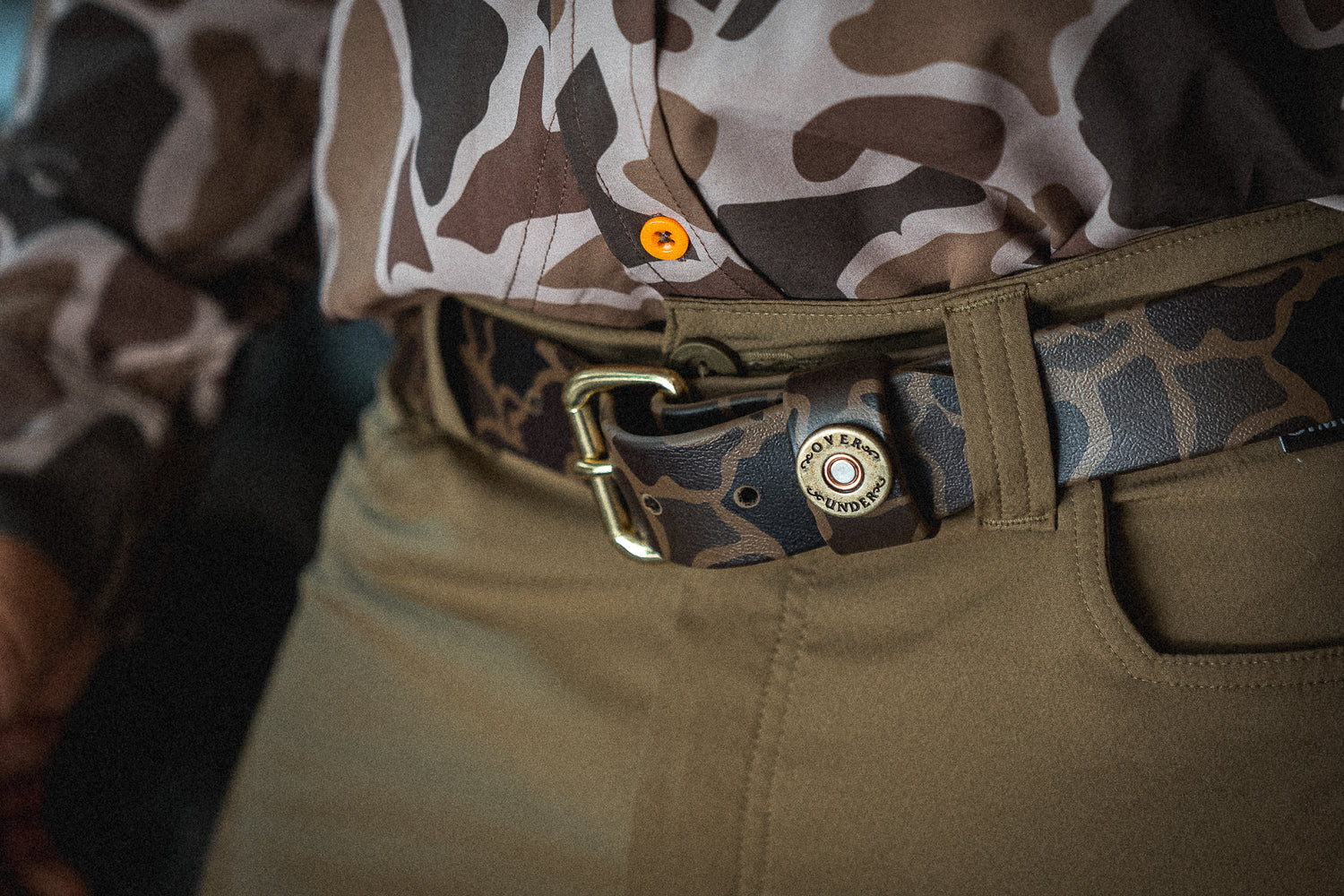Take a look inside your closet. Chances are, you have more than a couple of leather items — shoes, jackets, purses, belts, and perhaps even some pants and shirts with leather accents. Leather is popular for a reason. It's durable, versatile, and attractive. But how much do you really know about this classic material? The following are five interesting facts about leather.
1. The U.S. Is the World's 8th-Largest Producer of Leather Products
You'll find a lot of American-made leather goods at Over Under Clothing. Buying American-made leather supports the nation's economy and ensures that you get a quality product. But worldwide, the U.S. is only the 8th-largest producer of leather, creating 669 million square feet of the material between 2010 and 2011.
China makes more leather than any other country — they produced 3,913 million square feet between 2010 and 2011. Brazil comes in second, Italy in third, and Russia in fourth. Other top contenders include India, South Korea, and Argentina.
2. There Are Four Main Types of Leather
When shopping for leather goods, you may feel as though you have thousands of options. But all leathers technically fall into one of four categories.
Full-grain leather is the highest quality leather. It's made from the full thickness of the animal's skin and is extremely durable and long-wearing. Top-grain leather is the second-best quality. Since it is thinner and easier to work with, it's a common choice for shoes and belts.
Genuine or corrected-grain leather is made from thinner strips of skin; an artificial grain is applied to the top surface. Bonded leather is the lowest grade, made from leather scraps that are ground to a pulp and shaped into sheets.
3. The Process of Tanning Leather Has Evolved Over the Years
Tanning is the process of treating animal skins to make them tougher, more durable, and less susceptible to decomposition. Years ago, tanning was performed using tannin, an acidic compound derived from oak trees.
Today, however, leather makers use several different compounds for tanning. Some use a compound called chromium sulfate, which speeds up the tanning process and results in more elastic leather with a finer finish. Others use a process called vegetable tanning, which relies on natural tannins from tree bark. Vegetable-tanned leather is less flexible and therefore well suited for use in furniture and footwear.
4. Leather Can Be an Eco-Friendly Choice
Although the chemicals used to tan and dye leather have an environmental impact, leather is not as bad for the planet as you might imagine. It is a natural resource and will decompose, unlike artificial and petroleum-based materials like rayon and polyester.
Some people buy vegan leather as a substitute for leather, but since vegan leather is often made from petroleum, it is not biodegradable and does not last as long. Thus, vegan leather is arguably worse for the planet than natural leather.
5. Old Leather Can Typically Be Restored
One reason why leather is so popular is that it lasts so long. While regularly cleaning and conditioning your leather will help keep it looking its best, you can also rescue and revive old leather that has been neglected.
To restore old leather, begin by applying a high-quality leather dressing. Let the leather absorb this dressing for 12 to 24 hours. Apply additional coats every 12 to 24 hours until the leather won't absorb any more conditioner. Then use your hands to massage and bend the leather until it is soft again.
Now that you know a bit more about leather, you can shop with confidence. Check out the gorgeous belts, purses, wallets, and more from Over Under Clothing. Our products are American-made from high-quality materials to support your active lifestyle.


